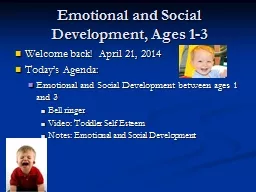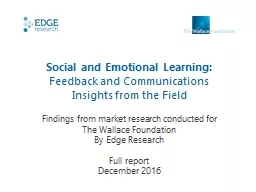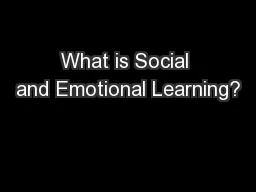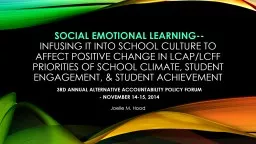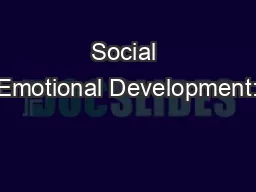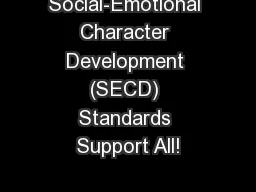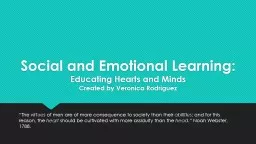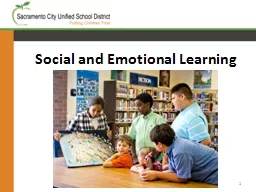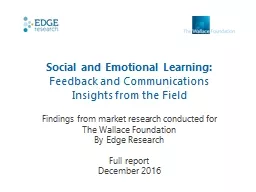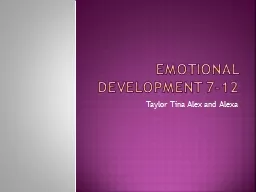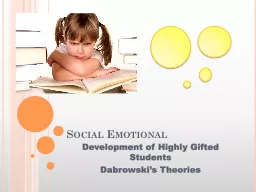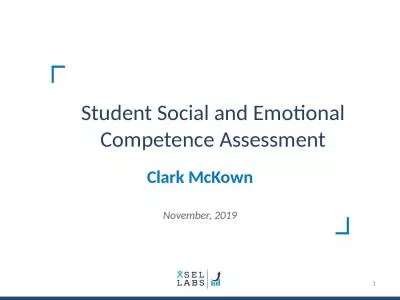PPT-Emotional and Social Development,
Author : faustina-dinatale | Published Date : 2018-11-03
Ages 13 Welcome back April 21 2014 Todays Agenda Emotional and Social Development between ages 1 and 3 Bell ringer Video Toddler Self Esteem Notes Emotional and
Presentation Embed Code
Download Presentation
Download Presentation The PPT/PDF document "Emotional and Social Development," is the property of its rightful owner. Permission is granted to download and print the materials on this website for personal, non-commercial use only, and to display it on your personal computer provided you do not modify the materials and that you retain all copyright notices contained in the materials. By downloading content from our website, you accept the terms of this agreement.
Emotional and Social Development,: Transcript
Download Rules Of Document
"Emotional and Social Development,"The content belongs to its owner. You may download and print it for personal use, without modification, and keep all copyright notices. By downloading, you agree to these terms.
Related Documents

